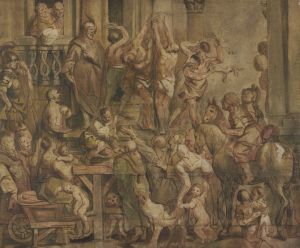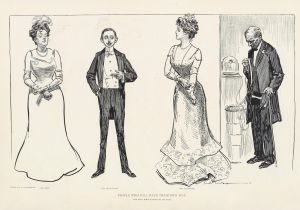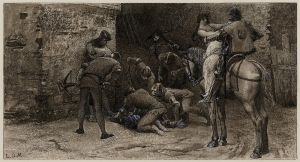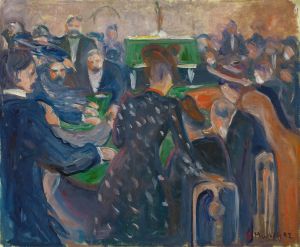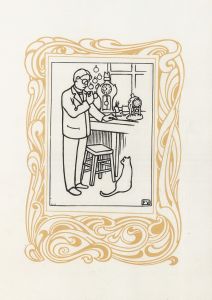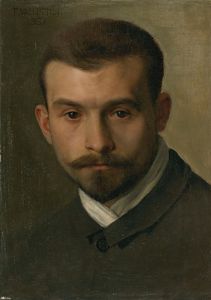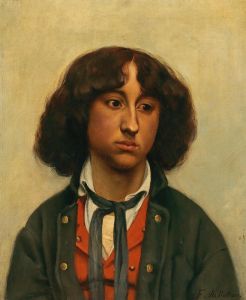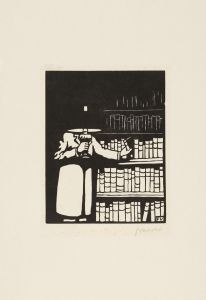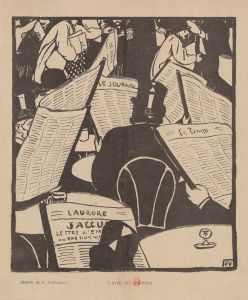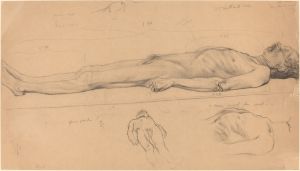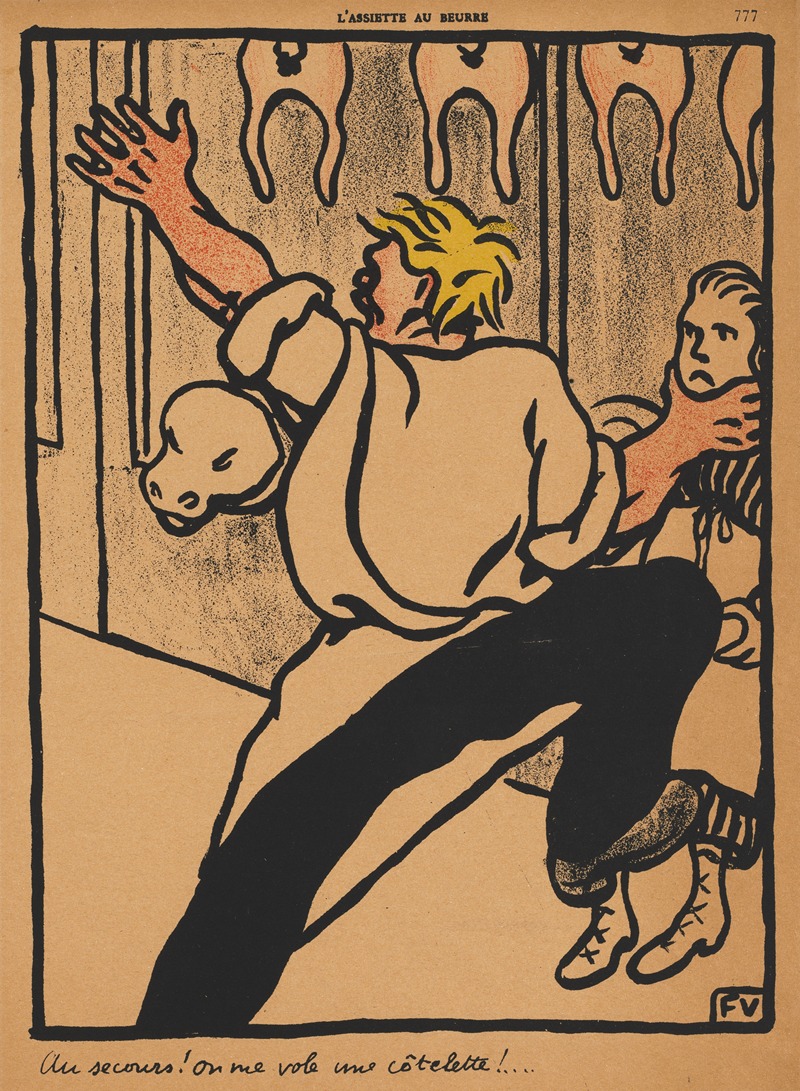
Crimes And Punishments; Help! My cutlet’s being stolen!
A hand-painted replica of Félix Vallotton’s masterpiece Crimes And Punishments; Help! My cutlet’s being stolen!, meticulously crafted by professional artists to capture the true essence of the original. Each piece is created with museum-quality canvas and rare mineral pigments, carefully painted by experienced artists with delicate brushstrokes and rich, layered colors to perfectly recreate the texture of the original artwork. Unlike machine-printed reproductions, this hand-painted version brings the painting to life, infused with the artist’s emotions and skill in every stroke. Whether for personal collection or home decoration, it instantly elevates the artistic atmosphere of any space.
Félix Vallotton's painting "Crimes And Punishments; Help! My cutlet’s being stolen!" is a notable work by the Swiss-French painter and printmaker, who was associated with the post-impressionist movement and the Nabis group. Vallotton was known for his distinctive style that often combined elements of satire, social commentary, and a keen observation of everyday life. His works frequently explored themes of bourgeois society, domestic life, and the underlying tensions within these settings.
"Crimes And Punishments; Help! My cutlet’s being stolen!" is a part of Vallotton's broader body of work that often employed humor and irony to critique societal norms and behaviors. While specific details about this particular painting are scarce, Vallotton's oeuvre is characterized by its sharp wit and often darkly humorous take on human interactions. His paintings and prints frequently depicted scenes of domestic life, capturing moments of tension, absurdity, or conflict with a keen eye for detail and composition.
Vallotton was born in Lausanne, Switzerland, in 1865 and moved to Paris in 1882 to pursue his artistic career. He became associated with the Nabis, a group of avant-garde artists that included Pierre Bonnard and Édouard Vuillard, who were interested in exploring new directions in art beyond the impressionist movement. Vallotton's work during this period was heavily influenced by Japanese woodcuts, which is evident in his use of bold outlines, flat areas of color, and a focus on pattern and design.
Throughout his career, Vallotton produced a significant number of paintings, prints, and illustrations that often commented on the social mores of his time. His works are noted for their psychological depth and the way they capture the complexities of human relationships. Vallotton's ability to blend realism with elements of caricature and satire made his work distinctive and influential.
In addition to his paintings, Vallotton was a prolific printmaker, and his woodcuts were particularly celebrated for their innovation and impact. His prints often depicted scenes of urban life, domestic interiors, and social gatherings, rendered with a striking economy of line and a strong sense of narrative.
Vallotton's legacy as an artist is marked by his unique ability to capture the subtleties of human behavior and the often-unspoken tensions that exist within social interactions. His work continues to be studied and appreciated for its technical skill, its insightful commentary on society, and its ability to convey complex emotions with clarity and precision.
While specific information about "Crimes And Punishments; Help! My cutlet’s being stolen!" is limited, it can be understood within the broader context of Vallotton's artistic themes and style. His work remains an important part of the post-impressionist movement and continues to be exhibited and appreciated in museums and galleries around the world.





